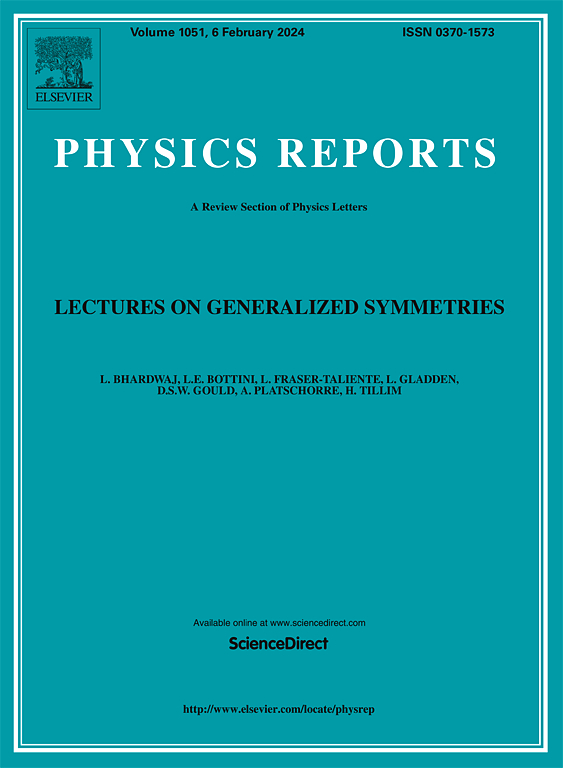Network alignment
IF 29.5
1区 物理与天体物理
Q1 PHYSICS, MULTIDISCIPLINARY
引用次数: 0
Abstract
Complex networks are frequently employed to model physical or virtual complex systems. When certain entities exist across multiple systems simultaneously, unveiling their corresponding relationships across the networks becomes crucial. This problem, known as network alignment, holds significant importance. It enhances our understanding of complex system structures and behaviours, facilitates the validation and extension of theoretical physics research about studying complex systems, and fosters diverse practical applications across various fields. However, due to variations in the structure, characteristics, and properties of complex networks across different fields, the study of network alignment is often isolated within each domain, with even the terminologies and concepts lacking uniformity. This review comprehensively summarizes the latest advancements in network alignment research, focusing on analysing network alignment characteristics and progress in various domains such as social network analysis, bioinformatics, computational linguistics and privacy protection. It provides a detailed analysis of various methods’ implementation principles, processes, and performance differences, including structure consistency-based methods, network embedding-based methods, and graph neural network-based (GNN-based) methods. Additionally, the methods for network alignment under different conditions, such as in attributed networks, heterogeneous networks, directed networks, and dynamic networks, are presented. Furthermore, the challenges and the open issues for future studies are also discussed.
网络对齐
复杂网络经常用于物理或虚拟复杂系统的建模。当某些实体同时存在于多个系统中时,揭示它们在网络中的对应关系就变得至关重要。这个问题被称为网络对齐,非常重要。它增强了我们对复杂系统结构和行为的理解,促进了复杂系统理论物理研究的验证和扩展,并促进了不同领域的实际应用。然而,由于复杂网络在不同领域的结构、特征和性质的差异,网络对齐的研究往往在每个领域内是孤立的,甚至术语和概念也缺乏一致性。本文全面总结了网络对齐研究的最新进展,重点分析了网络对齐的特征及其在社会网络分析、生物信息学、计算语言学和隐私保护等各个领域的进展。详细分析了各种方法的实现原理、过程和性能差异,包括基于结构一致性的方法、基于网络嵌入的方法和基于图神经网络(gnn)的方法。此外,还介绍了在不同条件下的网络对齐方法,如在属性网络、异构网络、有向网络和动态网络中。在此基础上,对未来研究面临的挑战和有待解决的问题进行了讨论。
本文章由计算机程序翻译,如有差异,请以英文原文为准。
求助全文
约1分钟内获得全文
求助全文
来源期刊

Physics Reports
物理-物理:综合
CiteScore
56.10
自引率
0.70%
发文量
102
审稿时长
9.1 weeks
期刊介绍:
Physics Reports keeps the active physicist up-to-date on developments in a wide range of topics by publishing timely reviews which are more extensive than just literature surveys but normally less than a full monograph. Each report deals with one specific subject and is generally published in a separate volume. These reviews are specialist in nature but contain enough introductory material to make the main points intelligible to a non-specialist. The reader will not only be able to distinguish important developments and trends in physics but will also find a sufficient number of references to the original literature.
 求助内容:
求助内容: 应助结果提醒方式:
应助结果提醒方式:


